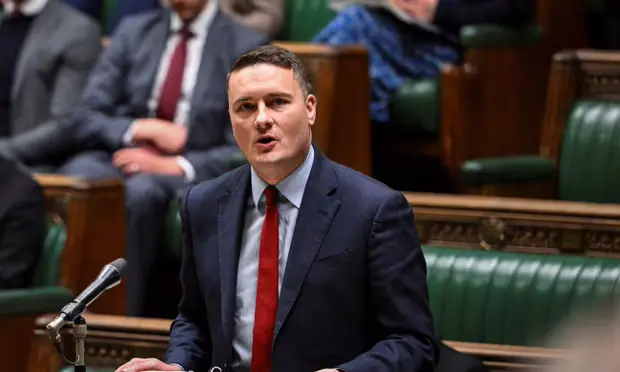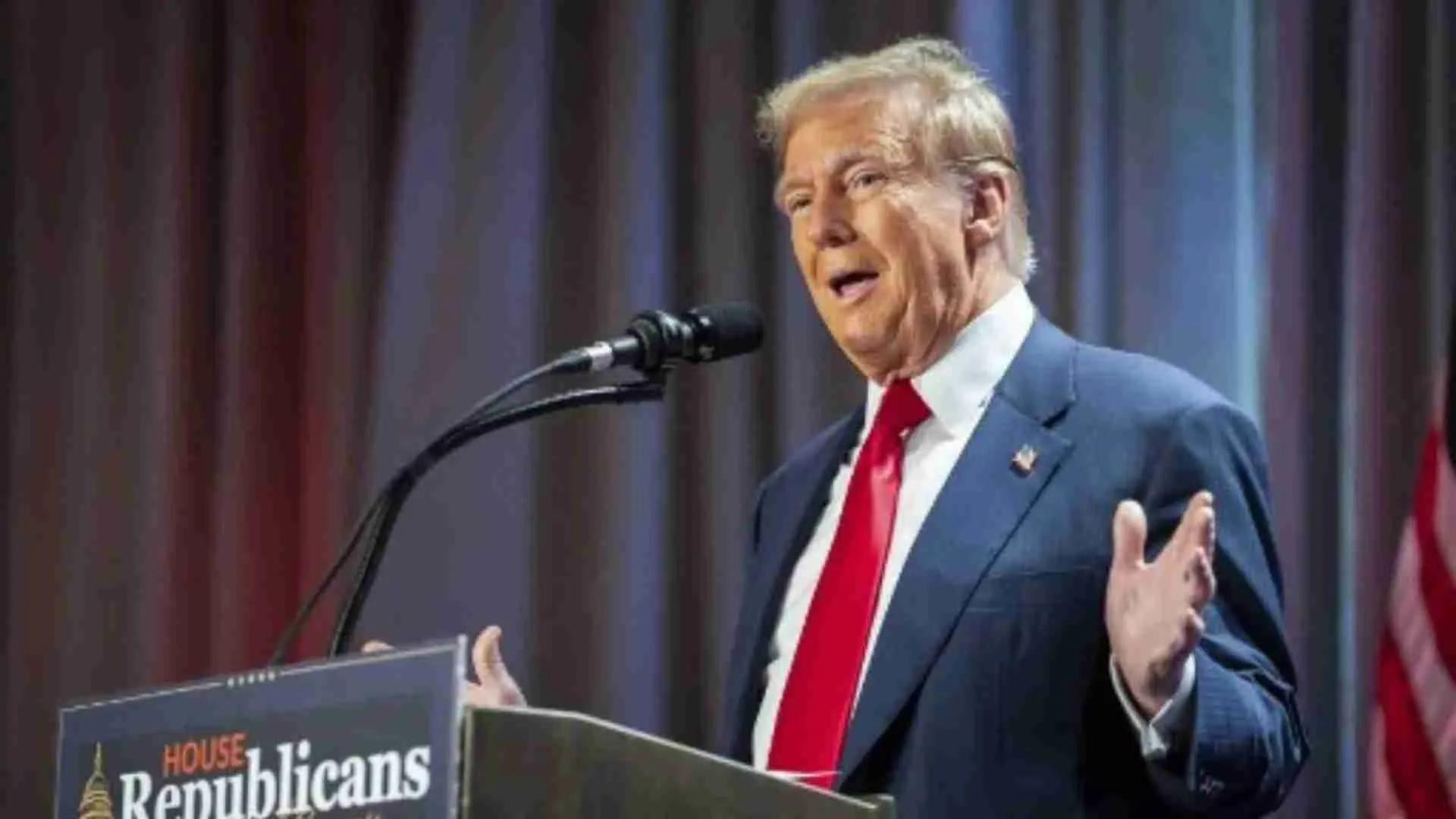Dalbir Singh, who is co-president of the Global Coalition Against TB (GCAT), talked to this paper on TB and the challenges to tackle the disease. Excerpts:

Q: Could you elaborate on the reasons for the surge in TB in India and the role of policy to contain it?
A: India shares 27% of burden of incidence out of 10.5 million cases globally. TB continues to be a grave public health challenge since it claims more lives than any other infectious disease. Decades of unrestrained transmission, outmoded diagnostics till the recent past, an unregulated and fragmented private sector where nearly 68% Indians seek care for TB, coupled with undernourishment of significant population, rise of diabetes, smoking addictions and indoor pollution, have aggravated the growth of the disease. Other determinants like migration, poverty, proximal living spaces, stigma and social discrimination, lack of productive integration of private sector and limitations in healthcare outreach and emergence of Drug Resistant TB have also adversely affected the management of TB.
TB disproportionately affects the poor who lose nearly 35% household incomes. TB perpetuates poverty. India needs a focused national policy to handle this challenge. Since 2012, with strong advocacy by policymakers and eminent domain experts under the umbrella of the Global Coalition Against TB and other civil society groups, the government resolved to launch landmark initiatives at the policy level, including banning of outdated serological tests, making TB a notifiable disease, establishment of the National TB Research Consortium, introduction of Molecular Diagnostics (CBNAAT), integration of the private sector, enhancement of use of ICT tools, provision of social support and formulation of a dynamic National Strategic Plan (2017-25), with framework for Gender Responsive Approach. The RNTCP, which was a project, gave way to the National TB Elimination Programme which is now the apex institution with the mandate to implement plans to end TB by 2025.
Q: Is LTBI (Latent tuberculosis infection) a major concern for TB management in India?
A: 40% of India’s population is affected by latent TB. TB bacilli remain dormant and manifest as a TB disease with the weakening of the immune defences. It’s actually a binary condition of dynamic spectrum with asymptomatic LTBI non-transmissible state and symptomatic active TB that infects that can be transmitted. Though active TB treatment is cornerstone of WHO End TB strategy, the SDG deadlines can only be met by incorporating LTBI as a component our TB control policy, since it can be a huge reservoir of potentially becoming active TB. The policy must aim to screen high risk and vulnerable groups including alcohol, drug, smoking addicts, HIV, end state renal failure, transplant, silicosis and severely diabetic patients for preventive therapy.
Q: How can we involve and integrate community structures effectively into the TB prevention and care framework?
A: One third of patients are missed globally as well as in India as being undiagnosed or not reported because of lack of access to healthcare facilities. Since the government outreach has limitations, a collaborative effort with and through the communities can fill the gaps. Community engagement is imperative because it allows contextualization and adaptation of health interventions and policy needs of the community. It effectively addresses issues like stigma and social discrimination and increases psychological comfort for TB victims and survivors, strengthens patients’ support system, promotes awareness on various government schemes, innovation, and facilities, empowers local communities to lead TB response and adapt Community Centric and Gender Centric approach to improve quality services. WHO recognizes community engagement as one of the four principles of Global End TB Strategy. There are inspiring examples to emulate from Africa on reaching out to underserved nomadic and migrant communities and extending a healing touch to those who are socially isolated.
Q: How can we strengthen institutional ground-level structures to accelerate our fight against TB?
A: India has 2,50,000 local governments which are constitutionally mandated to make governance more participative by deeper engagement at the grassroots level. Public health is obligatory function of those institutions. Currently, these are being highly underutilized. Given the enormity of health challenge in TB, these can be integrated with the government structures. Local governments are closer to the people and understand ground realities better. We need to devolve more power and resources so that in collaboration with local communities, peripheral decision-making composite units can be formed under guidance of elected representatives at the block/village levels. They will enhance accountability, enable prioritization and improve facilities and delivery of services. We must promote capacities of community-based organisations of health workers like ASHA who performed commendably during the Covid crisis.
Q: What do you feel is the roadmap for India’s fight against TB, so that we are able to achieve a TB free status by 2025?
A: We must innovate to step up research and development, promote awareness and use of ICT and develop a Multi-Sectoral Approach with the comfort of all stakeholders. We can end TB by 2025 if we build synergy between the government apparatus, the public sector, governments, the civil society and with deeper engagement of local communities.























